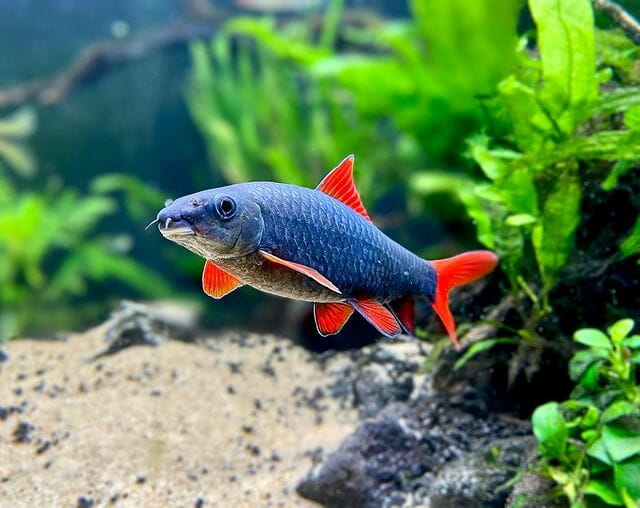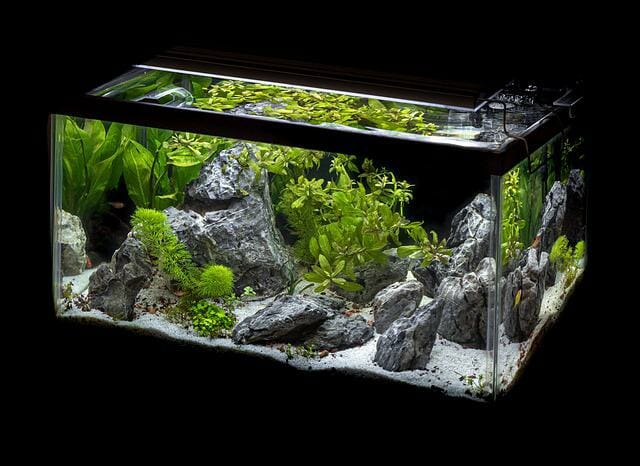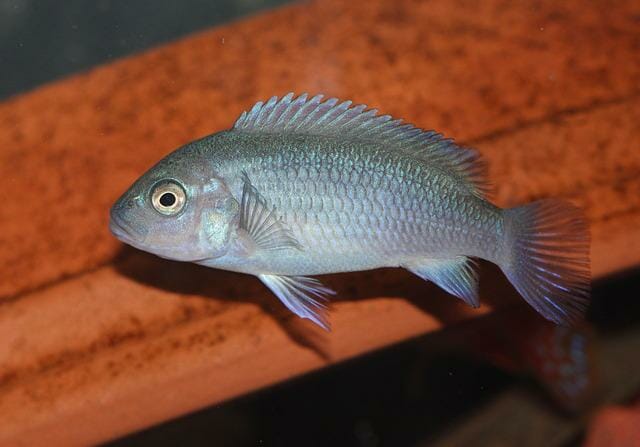Rainbow Shark Lifespan: Tips and Tricks for Longer Lifespan!

A rainbow shark’s lifespan is between four and six years, and with proper care, it may live beyond that. They are excellent aquarium fish and can live in freshwater aquariums if the temperature range is correct. In addition, rainbow sharks can be fed various foods, including flakes, pellets, and frozen food.
Table of Contents
Keeping Rainbow Sharks Alive As Long as Possible
By following these tips, you can ensure your rainbow shark lives a long and healthy life.
General Aquarium Requirements
They need freshwater aquariums with a sound filtration system and moderate to low light levels. Always ensure the shark you buy is at least two inches long and healthy. Keep track of its size and size as it grows; if it gets too large for its tank, you may need to move it or find another home. Feed your shark small fish, flakes, or frozen foods twice daily.
Habitat Requirements
Rainbow sharks live in tropical and subtropical waters and are not adapted to cold water, so do not keep them outside their recommended tank temperature range.
In addition, they require a large tank, at least 55 gallons for one shark and 110 gallons for two sharks. Provide plenty of hiding places, such as caves, crevices, and artificial sand or reef to swim on.
Social Behaviors
Rainbow sharks are solitary animals that prefer to live in groups of three or fewer. They should be kept in separate tanks with adequate aggression barriers (such as glass) when housed together.
Tank Maintenance
Rainbow shark tank care is essential for a healthy lifespan. Monitor your fish’s temperature, water quality, and salt levels regularly to ensure they’re in good health. Clean the tank regularly to avoid bacterial growth and reduce stress on your fish. Feed them a varied diet that includes fresh vegetables and fruits.
Setting Up the Aquarium

To set up a tank for a rainbow shark, you’ll need to purchase an appropriate size aquarium and provide proper lighting. Ensure the water is clean, warm (between 75 and 81 °F0), and well-filtered. Add enough substrate to cover the bottom of the tank (a few inches should do) as they prefer to burrow. Place your shark in its new home and enjoy watching them play!
Health and Disease
Rainbow sharks are relatively healthy, but like all fish, they can get sick. Monitor their water quality and temperature regularly, give them a varied diet, and clean the tank regularly to avoid bacterial growth. If you see any signs of illness (such as loss of appetite or sluggishness), take your shark to a qualified provider for diagnosis and treatment.
Food and Diet
Like all fish, rainbow sharks need a balanced diet that includes fresh and frozen foods. They should be fed small amounts several times per day. A good option is flakes or pellets made specifically for marine animals. Additionally, make sure to include plenty of marine-sourced protein in their diet.
Feeding Schedule
It is recommended to feed rainbow sharks 2-3 times per day, with small serving size. Feeding smaller portions more frequently throughout the day will help to avoid overeating and obesity in your shark. Plus, they will enjoy the variety!

Filtration
Rainbow sharks require good filtration to clean their water and be debris-free. A standard filter setup will be sufficient for this fish, but if your tank environment is particularly delicate or you have multiple rainbow sharks, consider a high-quality skimmer. In addition, a good carbon filter will help to remove toxins and harmful chemicals from the water.
Water Parameters
Rainbow sharks require a relatively high water temperature (75 and 81 °F) to thrive. They are also naturally attracted to warm waters, so make sure your tank doesn’t get too cold during the winter. In addition, they need plenty of fresh and clean water; frequent water changes are essential for these fish. So, follow your rainbow shark’s specific water needs when adjusting its tank.
Keeping Rainbow Sharks From Physical Dangers for Longer Life
The rainbow shark is an active and playful fish that loves to swim around its tank. Rainbow sharks will be happy and healthy if they have plenty of room to play. They are also relatively tame, making them a good option for those new to fishkeeping.
However, if you intend on keeping more than one rainbow shark in your tank – or if your tank environment is particularly delicate – consider the following tips below:
Compatibility and Tankmates
Rainbow sharks are compatible with most fish but may not get along well with other large predators. Rainbow sharks and angelfish for example can’t live together as they are from different species. If you have any other fish in the tank, keep them separated by a barrier of sand or gravel. Additionally, ensure the tank is big enough for your shark to roam – they are active swimmers and can get overcrowded in small tanks.
Can You Keep Rainbow Sharks in Groups?
No, rainbow sharks should be kept in solo or pairs tanks. Groups can lead to aggressive behavior and injured fish. Additionally, grouping rainbow sharks can lead to reduced swimming space, increased water temperature, and overcrowding.
Fish to Avoid
When it comes to fish, it is always important to be aware of the risks involved. For example, the following fish are some that should be avoided Bala sharks, red tail sharks, cichlids, and catfish. In addition, other rainbow sharks have reported aggression when housed with these types of fish.

How to Check If Your Rainbow Shark Is in Good Health
Rainbow sharks display healthy behaviors and appearances when kept in proper conditions. They should be active and playful, with a sleek coat of scales. In addition, they should not exhibit any signs of aggression or territoriality towards other fish in their tank.
It’s essential to keep an eye out for signs of good health regarding sharks. If you find any indicators that your shark is not in the best of health, don’t hesitate to consult a vet. In addition, make sure you are observing healthy signs such as a robust appetite and no visible scars or injuries.
Changes in behavior can also indicate that something isn’t right with your shark – if they seem slow or sluggish, it might be time to retire them before they reach their natural lifespan.